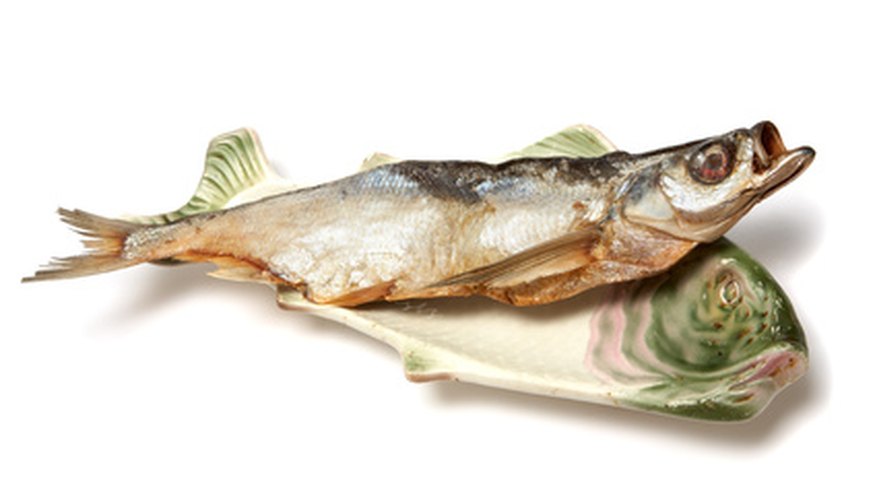Created to meet rising consumer demand for seafood, fish farms have become more common in recent decades. Restaurants, grocery store chains and other seafood purveyors depend heavily upon fish farms, yet consumers rarely realise that much of the fish they eat has been raised on a farm. Fish farms offer many advantages to consumers and retailers, but there are disadvantages as well.
Advantage--High Yield
Well-managed fish farming is capable of producing a high food yield with a small production area. Fish are low in fat but high in protein compared to land animals, so the amount of useful food per acre produced by a fish farm is greater than that of traditional livestock ranches. Fish farms also require less maintenance and labour when compared with traditional livestock ranches.
Advantage--Increasing Demand
With the declining number of fisheries worldwide and a steady increase in the demand for fish, fish farming has become a vital alternative for the supply of fish and fish products. Fish production in coming years will depend more heavily on aquaculture, which will help preserve the natural ecosystems of our overfished oceans, lakes and rivers.
Disadvantage--Operating Costs
High operating costs can be a challenge to a fish farm owner. Fish farming is highly dependent upon technology and farms must invest in expensive equipment to keep abreast with industry demands and government regulations.
Disadvantage--Water Purification
Water pollution is always an issue in the consumption of fish. Pollutants such as mercury become concentrated in the bodies of fish and shellfish and can pose a health hazard to consumers.The volume of water required for fish farming is about one million gallons per acre. Water purification technology can recycle local water in a confined area, but effectively removing pollutants and managing the biology of a fish farm is a complex task. Many fish farm start-ups have been unsuccessful.
- Water pollution is always an issue in the consumption of fish.
- Pollutants such as mercury become concentrated in the bodies of fish and shellfish and can pose a health hazard to consumers.
Disadvantage--Disease and Infection
The motivation to produce a high yield of fish in a small area poses problems for fish farms. Farmed fish are clustered in a manner that never occurs in open water. A two-acre area of fish farm can contain 50,000 fish, with each fish occupying a space smaller than a bathtub. Fish packed tightly in a confined are more susceptible to infection and disease.
- The motivation to produce a high yield of fish in a small area poses problems for fish farms.
